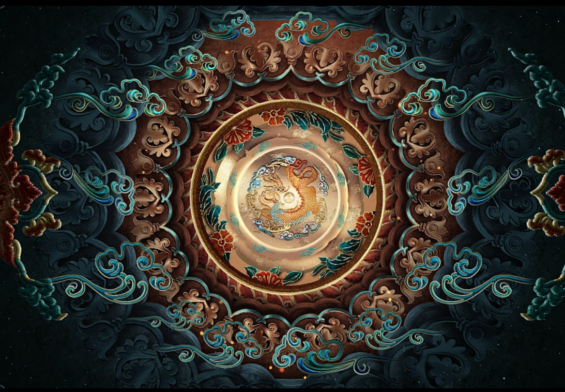By Steven Weber@MMORPG
AFK Journey by Lilith Games and published by Farlight Games released on March 27th, 2024 and since that time millions of players have hopped in between the PC and mobile version to get in on the ground floor of the next big gacha hero collector.
AFK Journey is a great idle-strategy game with a lot of game modes, a beautiful canvas art style, and an engaging way to interact with the community through cooperative battles. Despite allowing you to select from a small pool of characters you want for when you roll for new characters, the monetization is still incredibly predatory, and nearly every game mode is completely pay to win. Knowing this, there’s still a lot here to love whether you’re playing on PC or Mobile, as this is one of, if not the best idle strategy RPG to hit the scene in a long time.
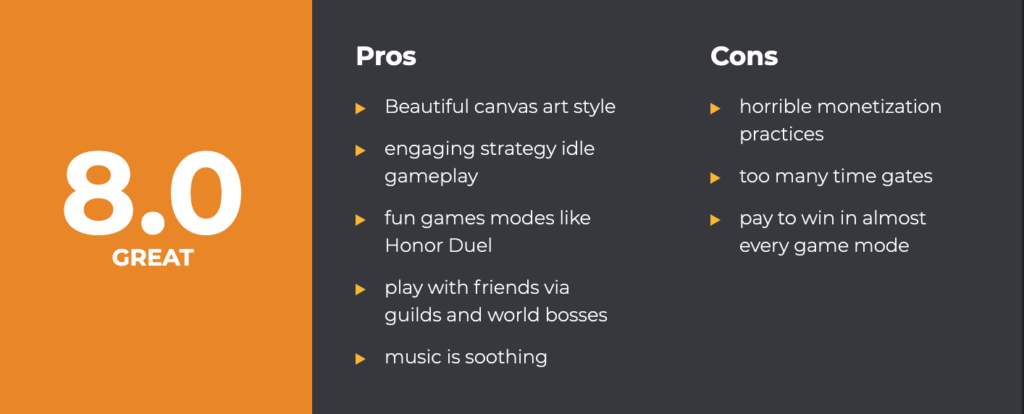
AFK Journey is the direct sequel to the popular mobile only title AFK Arena which is known for its appealing heroes and hands-off approach to strategy gaming. AFK Journey has taken this formula and a gorgeous canvas art style and expanded into the world of pseudo-MMO, where you can now traverse a large story-driven world where you’ll meet up with other players, join guilds, combat world bosses, and compete against other players and guilds for exciting rewards.
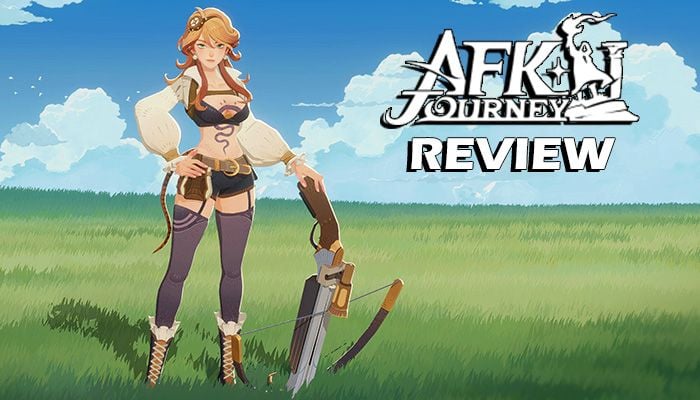
AFK Journey manages to do a lot of things right with their wide array of game modes, and it all starts with a familiar feeling story, where you, as the protagonist, find yourself with a bout of amnesia. You’re later found to be Merlin, the most powerful mage in the land, and of course, you quickly assemble a team of fellow heroes to embark on a quest that builds a simplistic story that carries you through numerous chapters. There are points of the story that I found enjoyable, but so much of it played out between talking heads and not through cutscenes, which dissuaded me from expending the energy to watch through each conversation. Many of them were lengthy, simply due to the cadence of speech.
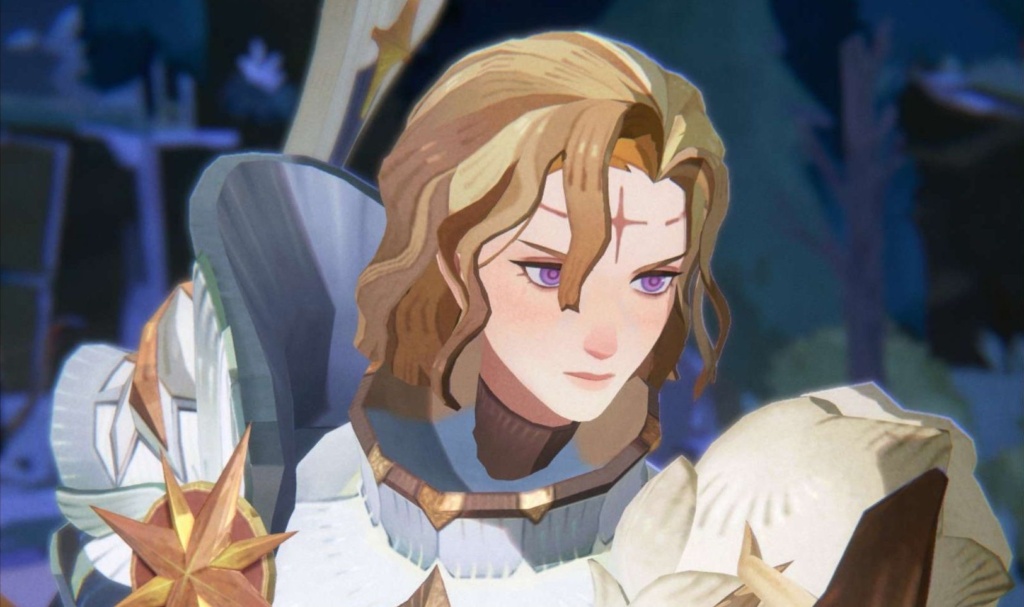
Most of the conversations were voice acted, but there just wasn’t as much impact as I would have liked, especially when compared to other games such as Honkai Star Rail which beautifully crafts an engaging story. Journey instead feels like a lot of the content is story for the sake of extending the time each area takes to complete. There are 5 major zones each with around 5 – 8 minor zones within them. There are few quests and side quests in each minor zone, and the enemies never respawn, so after completion you don’t really have a reason to travel back through areas you’ve already been to.
Each of these sub-zones requires that you unlock them by increasing your Resonance Level, which is actually the lowest level of your “Hands of Resonance” characters. A quick simplistic explanation of your Hands of Resonance is essentially a selection of 5 characters that are generally your first-string team. To increase your Resonance Level, you must upgrade every single character in the team to the minimum required level. The good news is that, once you level your Hands of Resonance characters, all the other characters you own are automatically granted your lowest Hands of Resonance level, so you don’t have to level all characters individually.
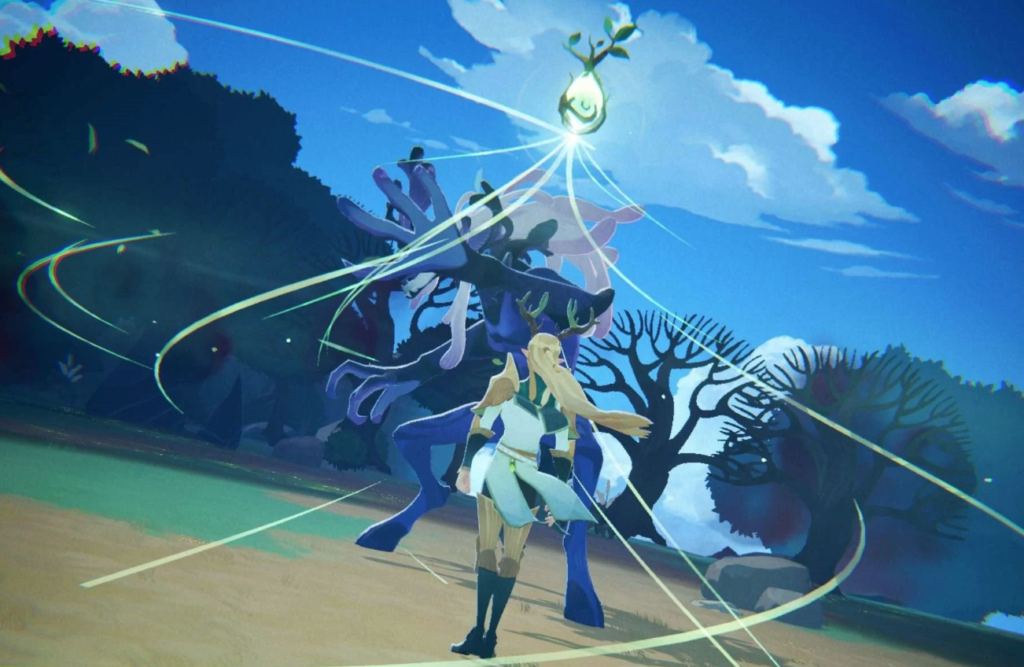
As you can expect, you’ll be gated on materials to upgrade them, whether it be Hero Essence, Gold, or Training Manuals. You earn these through questing, the various game modes, or ranking up your AFK Rank.
AFK Rank grants you all the materials you need, and that itself is time-gated, providing an abundance of materials depending on how high of an AFK Rank you’ve achieved. You increase your rank by defeating a team of enemies in combat, in ever increasing difficulty. At AFK Rank 700, you’ll be introduced to double-battles, which requires that you have two adequate teams to continue your ascension to the maximum AFK Rank of 1125. For most players, this should take weeks’ worth of mixing and matching teams, throwing them against their AFK Rank challengers, and seeing what breaks them through. For heavy spenders, this could take only a matter of days.
A Quick Synopsis of Game Modes
Outside of the main story and AFK Rank battles, you have boss battles called the Dream Realm, which cycles one of four bosses per day. If you defeat a boss, you’ll then be introduced to the next difficulty of that same boss, which eventually surpasses the need to defeat the boss in favor of an “endless mode” that just pits you against other players to measure your damage rank. The bosses are interesting, but it seems like there are hard and fast “meta characters” that are favored for bosses. On top of that, if you plan on ranking against other players, not only will you need these meta characters on your side, but you’ll also need to increase your character’s ranks and hit the highest Resonance Level you can muster, which will often be a losing battle as a free player.
Two PvP modes, the Arena and Honor Duel are both fun in their own way, with the Arena being more passive, and Honor Duel being about as active as you can get in a hands-off strategy game. Arena will put you against other players, complete with your roster against theirs. In this mode, favor finds those that have spent ample time increasing their character ranks and levels. On the opposite side, Honor Duel starts everyone with a random set of heroes and artifacts, which are unique team buffs. You then have to cultivate your team based on random rolls. The currency you receive from winning and losing battles can then buy you more gear, or you can upgrade your characters – in the event you find multiple copies of them in your rolls.
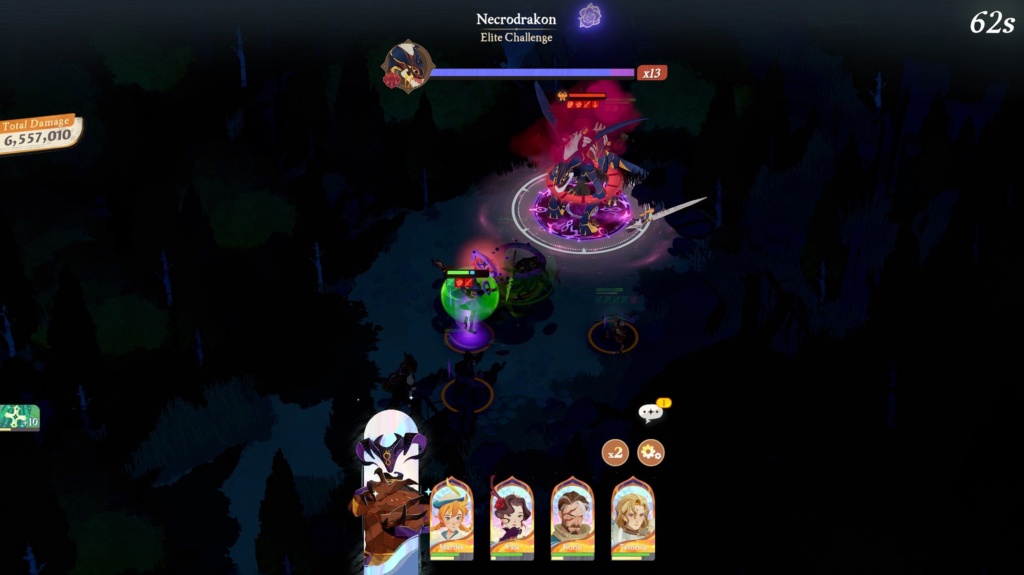
Honor Duel is by far the most unique game mode. During your battle against other players, you place 3 heroes, and then once your opponent places theirs, you can slot two more characters to counter their first three heroes. Granted, a lot of this hinges on pure dumb luck, but when you get a great set of rolls and sweet all 9 required battles to become the victor, it really feels good. On the opposite end, you don’t feel as bad even if you lose all 3 maximum allotted losses immediately, because it’s random luck of the draw, and that’s just how it is sometimes. The only major sticking point is that Honor Duel tickets are limited per day, and you need to buy them with gold, which isn’t particularly tough to come by, but it makes no sense why they would limit one of their best game modes, especially when rewards to play are so trivial.
The last two game modes are Arcane Labyrinth, which is about as close as you can get to a Roguelike mode, picking up runes as you go to increase the strength of your team, and Legend Trial, which requires you build a team from the same family to compete through dozens of levels for rewards. Arcane Labyrinth could be more fun, but they limit the rewards to your first clear, and the final boss can only be fought one time for each Labyrinth Rank, so there’s no reason to replay it once you earn the rewards and beat the final boss.
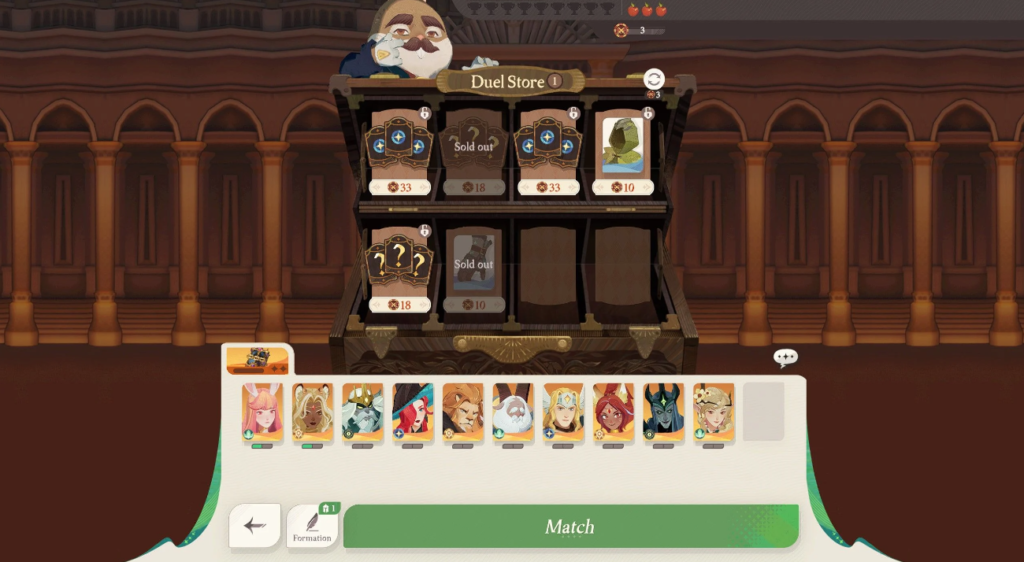
For gamers in a guild you can play through Battle Drills where you coordinate with your guildies to take on a series of challenges. Eventually you’ll all team up against a final boss, and you will earn rewards on how many times you beat that boss before Battle Drills end. Your progress is also ranked against other guilds on the server, so there’s some decent competition there.
Slow but Satisfying Strategy
No matter which mode you play, the strategy of AFK Journey is addictive enough that you’ll want to come back and test your mettle by swapping new characters in and out as you earn them. Some battles feel like a puzzle. In some cases, it would turn out that I had all the right characters to beat an encounter, but they just weren’t placed correctly. Other times, I might have the right characters that are placed correctly, but the Artifact I chose wasn’t right.
A great addition to the game is the ability to share a completed battle with players in your guild or friends from your friends list. Sharing your battles can give them some perspective on how you beat a level so they can follow the same plan. However, it’s also a great way to see how other players complete these “puzzles” even if they are using completely different characters than you are. The variety of ways you can get through a fight is part of the fun of the game, and a major reason I kept playing.

The fun of the game does get marred by the wide array of gates that Journey puts in your way. For example, if you’re throwing some teams at a difficult AFK Rank battle and you keep failing, eventually they start to charge you for excessive attempts. Initially this didn’t bother me, but after level 700 when you have double battles to beat, you may win the first battle, but get stuck on the second, and it sucks having to do both battles all over again if you don’t want to spend gold to continue your repeated attempts at the second level.
There are also other gates that are annoying, such as the Resonance Level requirements to push through the story. The pacing is so wildly off, that by the time you hit the required Resonance Level for an area, your characters have already likely battled way more difficult teams through their AFK Rank challenges. You notice this far more often near the end of the story, where it feels like they require a way higher rank than necessary just to attempt to slow you down so you don’t run out of content before they can get around to adding more. This may change in the future, as Lilith has stated that they are adding a new zone in May, which will expand the story as well. They may drop some of the required Resonance Levels so players can catch up then, but judging from what I’ve seen so far, they prefer the gates as a way to keep players coming back.
The Trail of the Whale
Before we get to the final score, the last point I need to address is monetization. I spoke about this at length in my original impressions, but now, as I’m at the end of my adventure, there’s finer clarity to the excess monetization that Lilith Games has put in place here. I’m never against paying for a game you enjoy playing, and in supreme gacha fashion, Journey follows suit with most gacha games on the market where what you spend directly correlates to power.
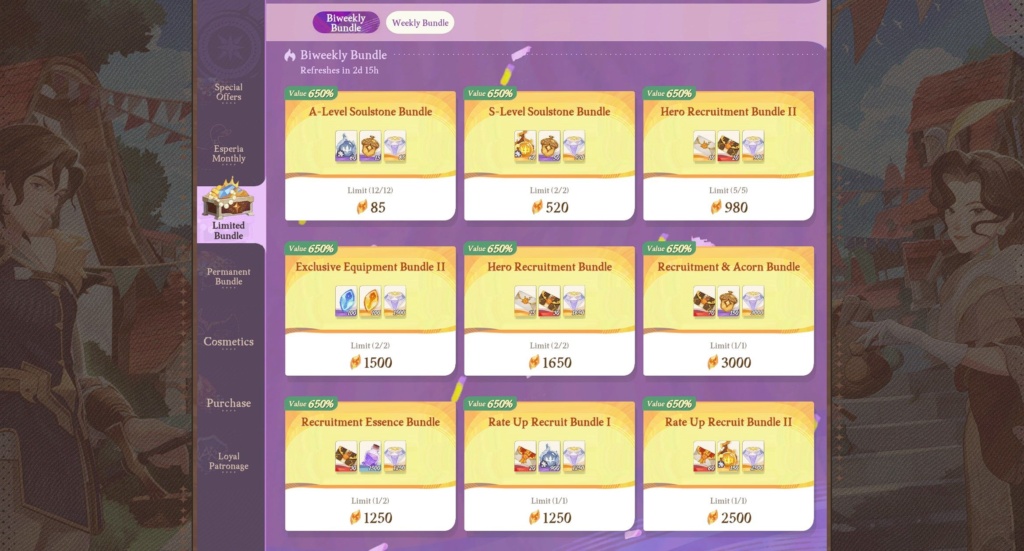
Without spending any money, the number of characters you will earn, the speed at which you earn them, how fast they increase in power, and how long it takes to complete any of the vast game modes will be dependent on how lucky you are with your gacha and how consistent you are with completing your dailies. Even in the best-case scenario, you’ll be stuck in areas with limited abilities to move forward for days, if not longer, regardless of how long you play per day. Worse, the more you play the game, the more likely it will be that you hit a wall and are offered ways to circumvent those walls by paying, often throwing “can’t miss” deals in your face with a very limited time to act on them so you can’t rationalize your purchase.
The system is insanely predatory. It’s not just that they offer the packs, but the insistence that you need to purchase them within two hours, or they miss the opportunity is a despicable way to take advantage of people who may otherwise want to buy something, but on their own terms. The presence of FOMO, and push to force players to purchase to progress is so abundant, it in itself is a major detractor to an otherwise well received game.

It’s not necessary to buy anything, but that also depends on whether you were hoping to progress, or compete with other players, or put yourself on the map on your server through the leaderboards. If the game didn’t pit players against each other for rewards in game modes like PvP, guild ranks, and the Dream Realm, the premise of paying for power wouldn’t matter, but that’s not the case here.



